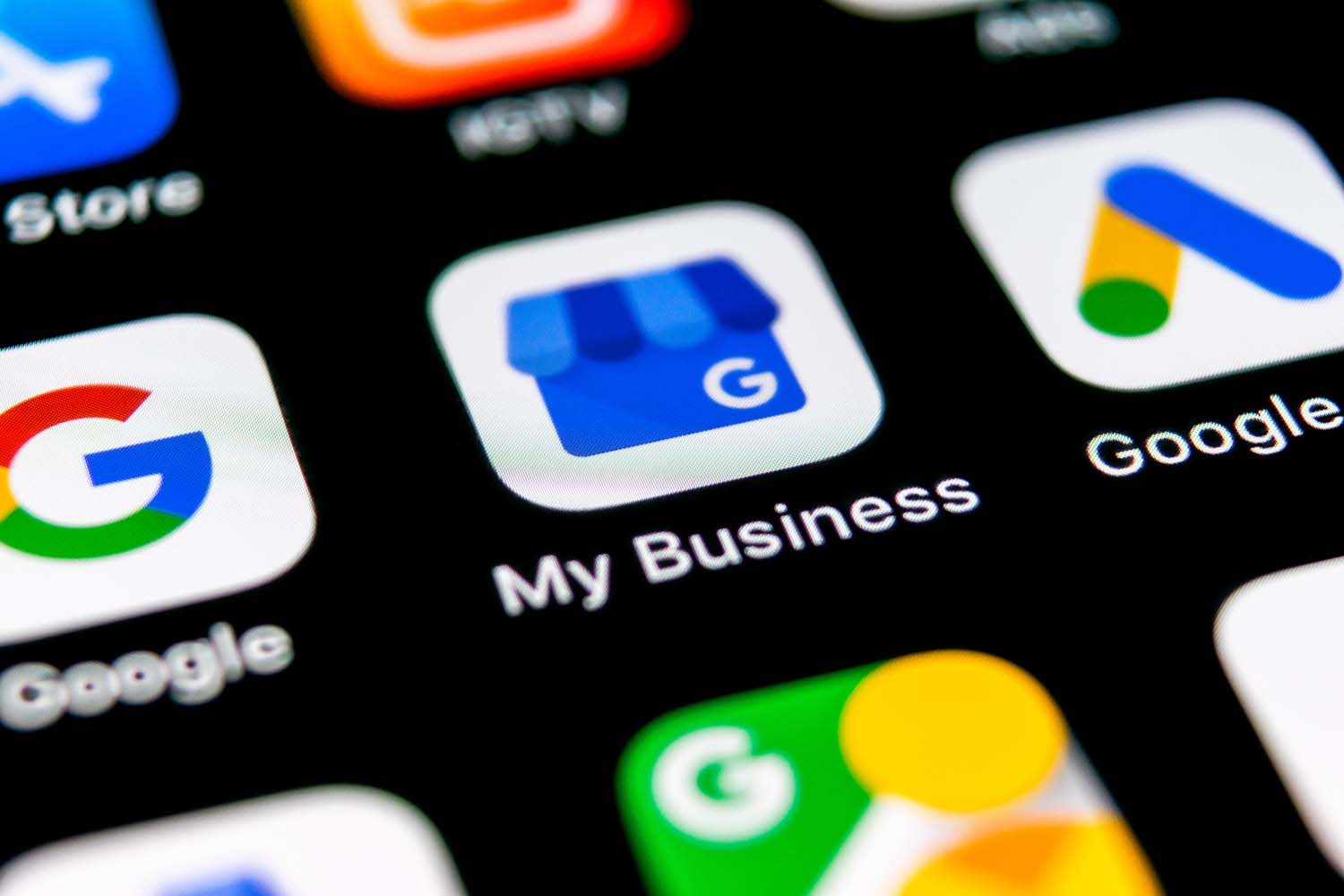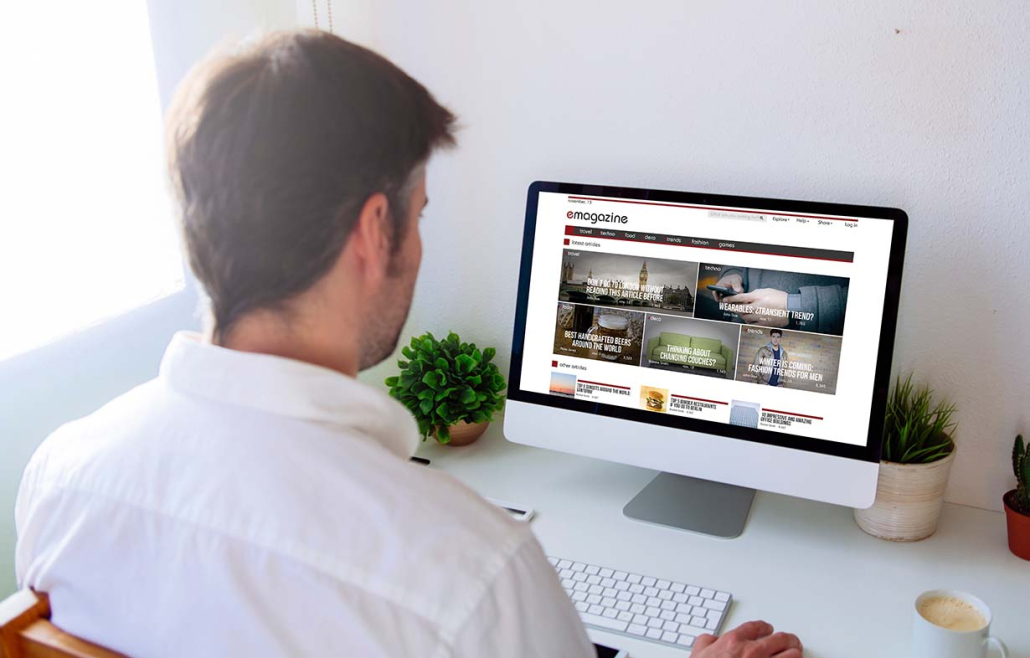Wow, it’s been a wild ride, and Rosewood is celebrating its 7th birthday!
From the start, founder Deanna has always been an avid learner and kept an eye on marketing trends to identify opportunities for growth. Over the years Rosewood has naturally grown and evolved from a solopreneurship to a full-blown digital marketing agency.
It definitely hasn’t always been easy, but it’s always been worth it. There were days/weeks when it felt like nothing was going right. But these trials and tribulations would somehow always morph into huge breakthroughs and opportunities. Remember, the only way out is through.
Rosewood continues to specialize in websites, ads, and social media marketing for small-medium businesses. We are also exploring how we can help more nonprofit organizations with their fundraising efforts. Stay tuned for more information about this exciting initiative coming soon!
This year we made substantial changes to the Rosewood brand itself, which we called Rosewood 2.0. This included our new refreshed logo, as well as refining our target audience, mission, vision and core values. This was a much needed refresh and we have been overwhelmed by the positive feedback from friends and clients.
While our branding may have changed, our gratitude to the diverse range of clients we serve and their trust in Rosewood remains the same. We wouldn’t be here without you, and we’ve loved having you along for the ride.
Milestones:
Clients Served: 250+
Websites Created: 100+
Coffees Shared: 150+
Team Members: 12
Virtual Meetings: Too many to count!
Emails Sent: We don’t even want to know!
Here’s a Snapshot of Our Rosewood 2.0 Update:
Rosewood’s Core Values:
- Honesty: The foundation of meaningful relationships between teams, clients, shareholders, etc.
- Authenticity: Be true to your mission/vision. Amplify the benefits of your product/service truthfully and without gimmicks.
- Strategy: Build a clear strategy before you make a move.
- Accessibility: Ensure equal access; not just concerning accessibility tools and application, but equal access to effective marketing strategies and solutions.
- Opportunity Leveraging: Change the mindset from “problem-solving” to “opportunity-leveraging”.
- Partnership & Collaboration: We work with you, becoming an extension of your team. We truly care about your business and mutual success!
Mission:
To support geographically-bound service businesses and nonprofits by strategically aligning their marketing efforts with their goals.
Vision:
To amplify awareness and success of local businesses/organizations that contribute positively to their communities.
Our Approach: Authentic Marketing
We believe that authenticity is key. If you have a valuable product/service that improves the overall quality of your community, we want to help you amplify your message and spread the word.
We’ve Levelled Up All Our Services, Including:
- Advanced WordPress Websites
- Advanced Shopify Stores
- AODA / WCAG Compliance (Website Accessibility)
- Advanced PPC Ads: Google, Meta (Facebook/Instagram), LinkedIn, Reddit, etc.
- Branding:
- Renaming / Rebranding
- Service Design
- Brand Guidelines
- Social Media Management & Content Creation
- Photography & Videography
- Content Writing
What’s New at Rosewood?
- AGCO Licensed Supplier for Catch the Ace Raffles
- COMING SOON: Customizable Fundraising Platform for Nonprofits






